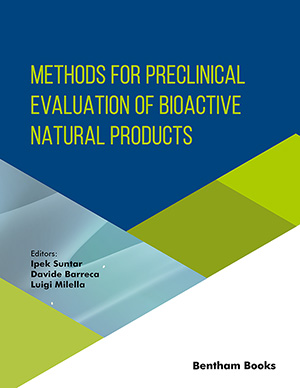Abstract
Protein phosphorylation is one of the most important post-translational modifications involved in the regulation of many cellular processes and highly efficient analytical tools are required to enrich, purify and characterize phosphoproteins. However, there are only a few analytical approaches involving phosphoprotein enrichment. The presented study describes the introduction of trivalent cerium, holmium and thulium cations for the selective co-precipitation of phosphorylated proteins with an excess of phosphate anions. Rare earth metal ions are known to be hard acceptors with a strong preference for oxygen-containing anions such as phosphates with which they form very tight ionic bonds. The high selectivity of this method can be explained by the high number of free coordination sites of rare earthmetal ions, with eight and nine being the most common coordination numbers. This could be shown for the specific precipitation of caseins from standards, bovine milk, spiked HeLa cell lysate, and human saliva samples using matrix-assisted laser desorption/ ionization mass spectrometry. Phosphoproteins were specifically precipitated by CeCl3, HoCl3 and TmCl3 in the presence of phosphate. Separation from non-phosphorylated proteins was carried out using an enhanced protocol and yielded stable pellets. Stringent washing steps were performed to remove interacting proteins and tryptic digestion on-pellet allowed the recovery of phosphopeptides. Quantification was carried out by colorimetric detection using the BCA assay which showed that the amount of applied precipitant is highly dependent on the precipitation recovery. More than 95% protein recovery could be achieved for the applied rare earth metal ions.
Keywords: Cerium, holmium, phosphoprotein, precipitation, thulium, saliva.





























